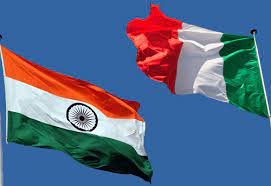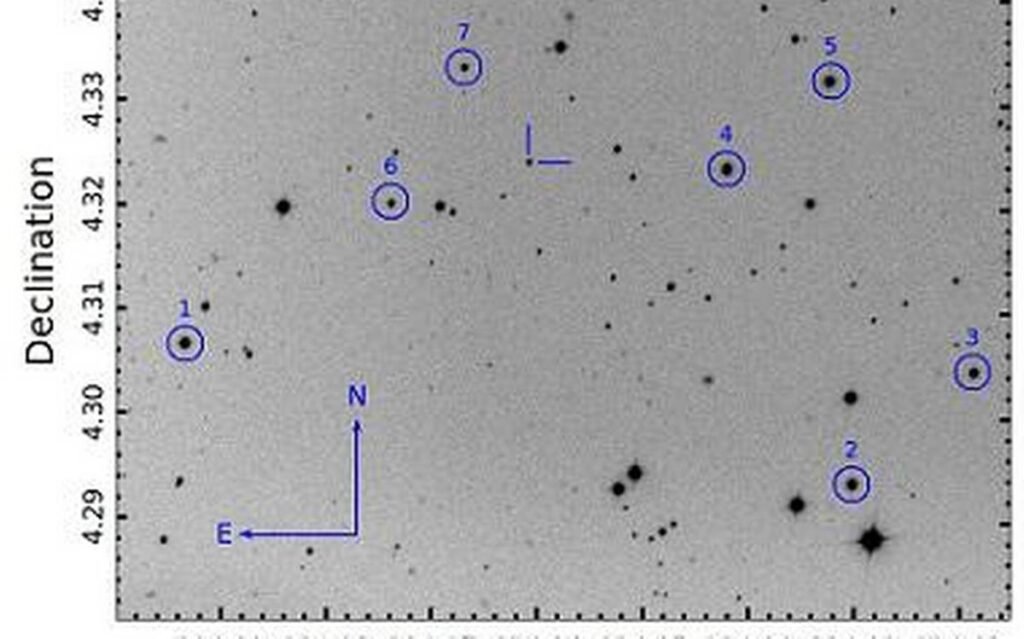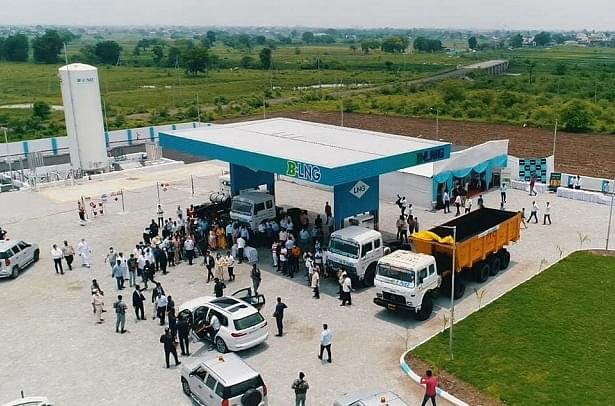Blog
July 12th Current Affairs
- July 12, 2021
- Posted by: admin
- Category: Culture Current Affairs Daily News Defense & Security Disaster Management Economy Education Environment & Ecology Ethics Geography Governance Health History International Relation Persons in News Polity Science & Technology Social Issues Sports Uncategorized UPSC Notification Videos
1. GI certified Fazil mango.

IN NEWS:
India expands mango export footprint to newer countries; GI certified Fazil mango shipped to Bahrain.
KEY POINTS:
- In a major initiative which would boost mango export potential from the eastern region especially to middle eastcountries, a consignment of Geographical Identification (GI) certified Fazil mango variety sourced from Malda district of West Bengal was exported today to Bahrain.
- The consignment of Fazil mango was exported by APEDA registered DM enterprises, Kolkata and imported by Al Jazira group, Bahrain.
- This shipment to Bahrain comes a few days after APEDA organized a mango promotion programme at Doha, Qatar where nine varieties of mangoes including GI certified from West Bengal & Uttar Pradesh were displayed at the stores of importer Family Food Centre.
- The nine varieties which were exported includes GI certified Khirsapati (Malda, West Bengal), Lakkhanbhog (Malda, West Bengal), Fazli (Malda, West Bengal), Dusshheri (Malihabad, Uttar Pradesh) and Amrapali and Chausa (Malda, West Bengal) and Langda (Nadiya, West Bengal).
- Mango in India is also referred to as ‘king of fruits’ and referred to as Kalpavriksha (wish granting tree) in ancient scriptures.
- While most of the states in India have mango plantations, Uttar Pradesh, Bihar, Andhra Pradesh, Telangana, Karnataka have a major share in total production of the fruit.
- Alphonso, Kesar, Totapuri and Banganpalli are leading export varieties from India. Mango exports primarily take place in three forms: fresh mango, mango pulp, and mango slice.
SOURCE:PIB
2. India-Italy Joint Commission for Economic Cooperation.

IN NEWS:
21st Session of India-Italy Joint Commission for Economic Cooperation.
KEY POINTS:
- Both sides held extensive discussions on bilateral trade and Investment and economic cooperation in the areas of Food Processing, Textiles, Leather, Railways, Start-ups and promotion of SMEs which play crucial role in economic growth and employment generation. The bilateral market access issues and non-tariff barriers were also discussed to facilitate trade and investment.
- The progress on the outcomes of India-EU leaders Summit in Porto, Portugal was also reviewed.
- Indian side also raised the issues of Mutual recognition of COWIN Vaccine Certificate and opening up of Travel restrictions, longer duration of Business Visas and Portability of social security benefits of Indians working in Italy.
- Following the India-Italy JCEC G2G Meeting, a G2B Session focusing on Energy partnership was held virtually in the presence of the two Ministers.
- During the meeting, 3 Indian companies (Indian Oil Corporation, Adani Solar, ReNew Power) and 3 Italian companies (Enel Green Power, Snam, Maire Tecnimont) made presentations focusing on the areas of green economy, clean technology and promotion of use of renewable energy for grid-based multi-energy systems.
SOURCE:PIB
3. Avicennia marina.

IN NEWS:
Scientists at the DBT-Institute of Life Sciences, Bhubaneswar and SRM-DBT Partnership Platform for Advanced Life Sciences Technologies, SRM Institute of Science and Technology,Tamil Nadu have reported for the first time a reference-grade whole genome sequence of a highly salt-tolerantand salt-secreting true-mangrove species,Avicennia marina.
KEY POINTS:
- This study published in the recent issue of the Nature Communications Biology reports the assemblage of a 456.6 Mb of the estimated 462.7 Mb A. marina genome (98.7% genome coverage) in 31 chromosomes derived from 88 scaffolds and 252 contigs.
- The percentage of genomes in gaps was 0.26%, thereby proving it to be a high-level assembly.
- The A. marina genome assembled in this study is nearly complete and can be considered as a reference-grade genome reported so far for any mangrove species globally and the first report from India”.
- This study employed the latest genome sequencing and assembling technologies and identified 31,477 protein-coding genes and a “salinome” consisting of 3246 salinity-responsive genes and homologs of 614 experimentally validated salinity tolerance genes.
- The study reported identification of 614 genes, including 159 transcription factors, which are homologous to the genes that were functionally validated for salinity tolerance in transgenic systems.
- This study assumes significance as agriculture productivity globally is affected due to abiotic stress factors such as limited water availability and salinization of soil and water.
- Availability of water is a significant challenge to crop production in dryland areas, accounting for ~40 percent of the world’s total land area.
Important information:
Mangroves:
- Mangroves are a unique group of species found in marshy intertidal estuarine regions and survive a high degree of salinity through several adaptive mechanisms.
- Mangroves are important resources for the coastal region and are of great ecological and economic value.
- They form a link between marine and terrestrial ecosystems, protect shorelines, provide habitat for a diverse array of terrestrial organisms.
- Avicennia marina is one of the most prominent mangroves species found in all mangrove formations in India.
- It is a salt-secreting and extraordinarily salt-tolerant mangrove species that grows optimally in 75% seawater and tolerates >250% seawater.
- It is among the rare plant species, which can excrete 40% of the salt through the salt glands in the leaves, besides its extraordinary capacity to exclude salt entry to the roots.
SOURCE:PIB
4. Rare superluminous supernova.

IN NEWS:
Indian researchers have spotted an extremely bright, hydrogen deficient, fast-evolving supernova (SN).
KEY POINTS:
- The rare spotted supernova shines with energy borrowed from exotic type of neutron star having ultra-powerful magnetic field.
- Study on such ancient spatial objects can help in solving the mysteries of early universe.
- SN was spotted using special arrangements at India’s Devasthal Optical Telescope (DOT-3.6m), Sampurnanand Telescope-1.04m and Himalayan Chandra Telescope-2.0m.
- Researchers found that, outer layers of onion structured supernovae were peeled off while core was shining with a borrowed energy source.
What are Supernovae?
- Supernovae (SNe) are highly energetic explosions in universe.
- Such explosion releases an enormous amount of energy.
- Supernovae releasing high energy are called Super Luminous Supernova (SLSNe).
- Such events are very rare because they generally originated from very massive stars.
- Number distribution of such starts in galaxy is sparse.
- Minimum mass limit is about 25 times that of the sun in order to generate Super Luminous Supernova.
- Among the massive stars, SLSNe-I has been counted to 150 entities spectroscopically.
- These ancient objects are not much understood because their underlying sources are unclear and their high peak luminosity is unexplained.
- Apparent look of SNe was very similar to other objects in field.
- However, after estimating brightness, it turned out to be very blue object reflecting its brighter character.
SOURCE:TH
5. UP POPULATION POLICY FOR 2021-2030

IN NEWS:
Uttar Pradesh Chief Minister Yogi Adityanath launched the State’s population policy for 2021-2030.
KEY POINTS:
- Bill was floated by Uttar Pradesh State Law Commission (UPSLC) in a bid to control & stabilise and for the welfare of population of state.
- It is open for public suggestions till July 19, 2021.
- Bill called to debar those having more than two children from contesting in local polls.
- They will also be prevented from applying for or getting promotion in government jobs.
- They would also be debarred from receiving government subsidy.
- As per the draft proposal, it shall be the duty of government to introduce a compulsory subject on population control in secondary schools.
- Bill put emphasis on need to control & stabilise population of state in order to promote sustainable development with more equitable distribution. Bill also seeks to provide welfare to population in state by implementing and promoting two-child norm.
- Under it, public servants will get two additional increments during entire service, maternity. They will also get a paternity leave of 12 months, with full salary and allowances.
- Bill proposes to increase employer’s contribution fund under national pension scheme by 3 %.
- State Population Fund will also be established to implement population control bill.
- As per draft bull, Maternity centres will be established across all primary health centres (PHCs). PHCs, in collaboration with NGOs, will distribute contraceptive pills etc.
SOURCE:MINT
6. India’s First Private LNG Facility.

IN NEWS:
Minister for Road Transport and Highways, Nitin Gadkari, inaugurated India’s first Liquefied Natural Gas (LNG) facility plant at Nagpur.
KEY POINTS:
- While inaugurating the plant, Minister emphasized on importance of alternate biofuels and diversification of agriculture towards energy & power sector.
- Ministry have also designed a policy that encourages development of imports substitute, cost-effective, pollution-free and indigenous ethanol, LNG, bio CNG and hydrogen fuels.
- Minister also underlined, surplus in rice, corn and sugar can be used as alternative fuel in order to prevent it from going to waste.
- According to him, decision will be taken in three months to make flex engines mandatory for automobile manufacturers especially in four-wheelers and two-wheelers. He said several countries like USA, Canada and Brazil already have them.
SOURCE:IE
